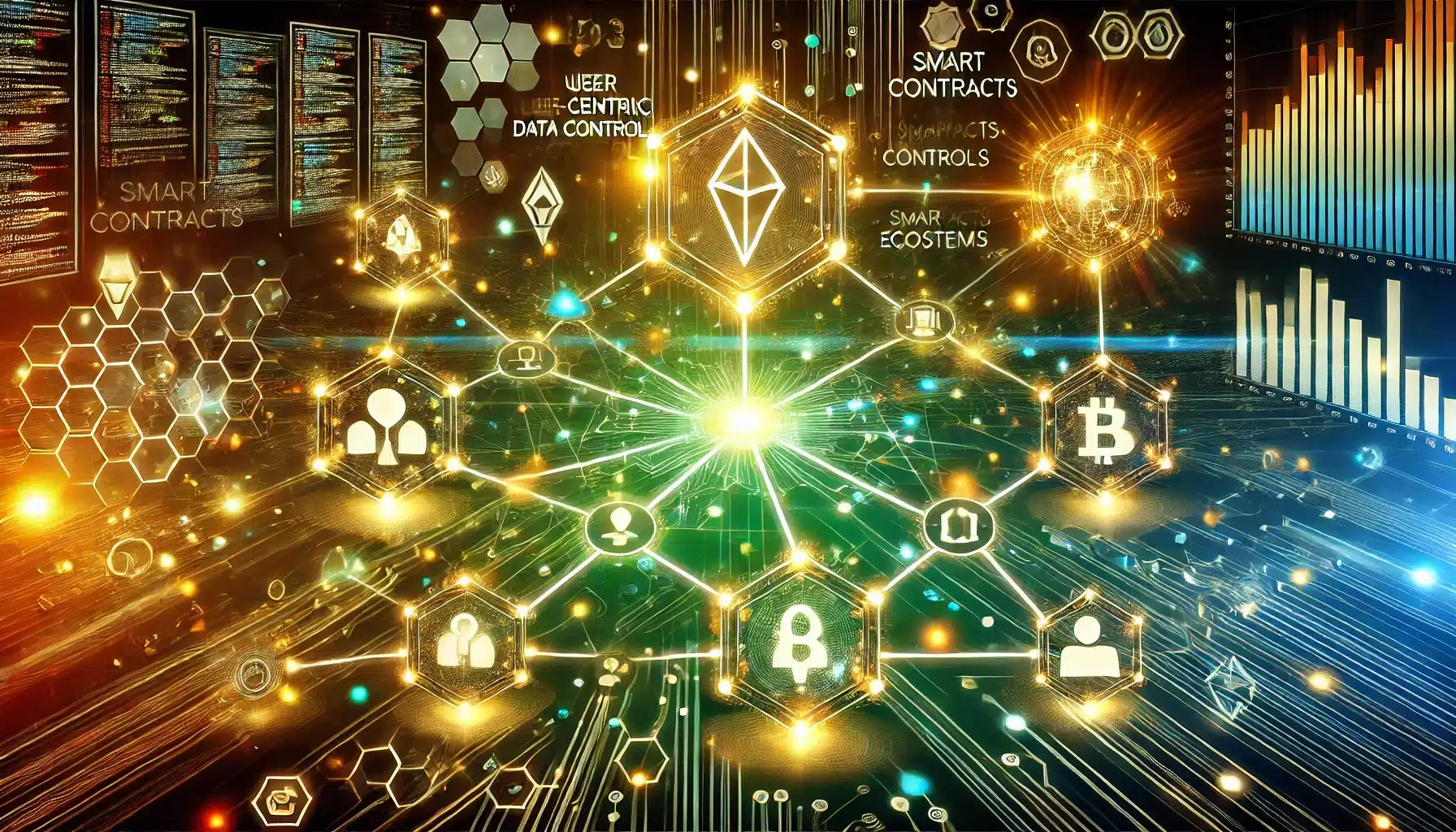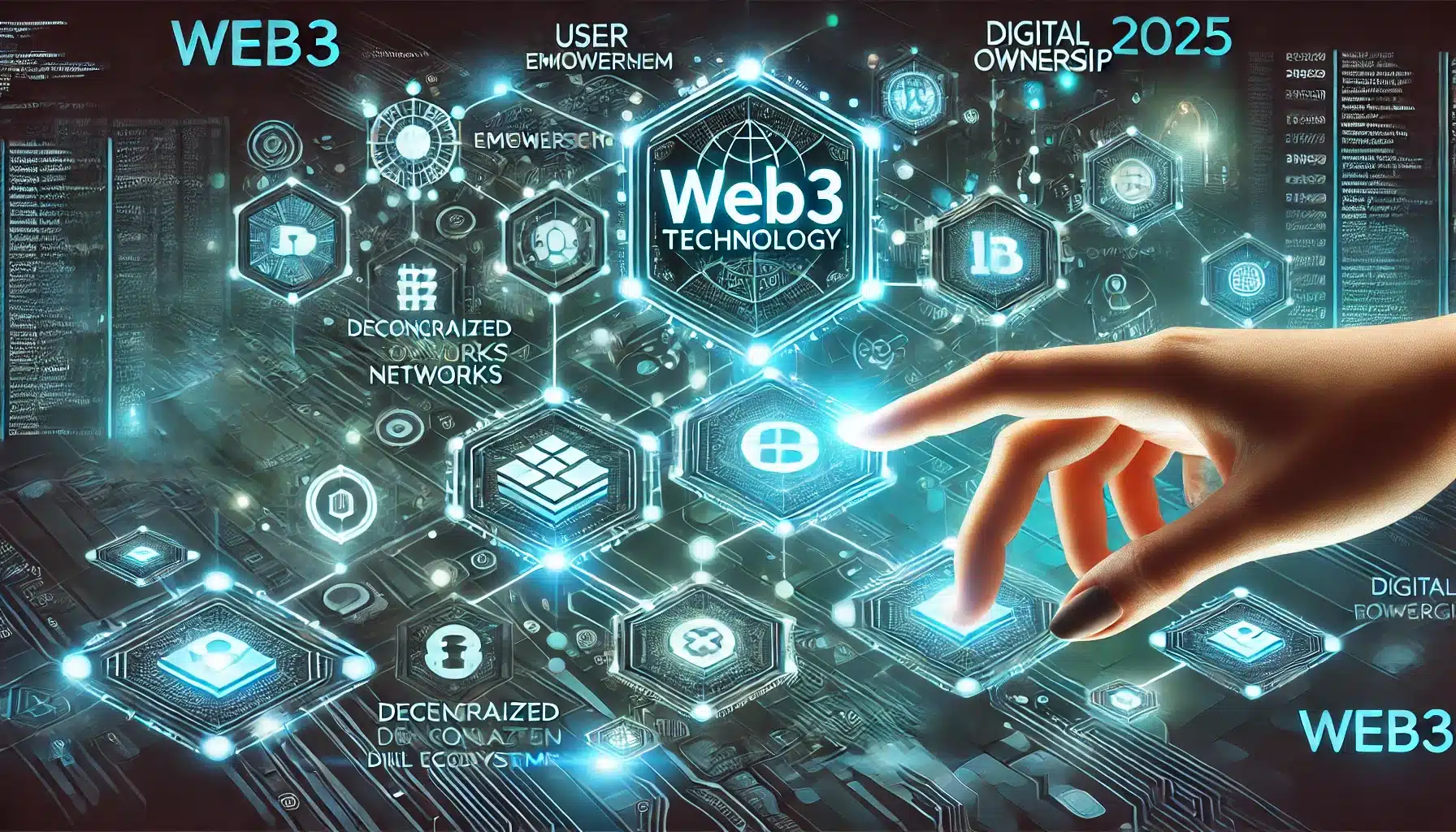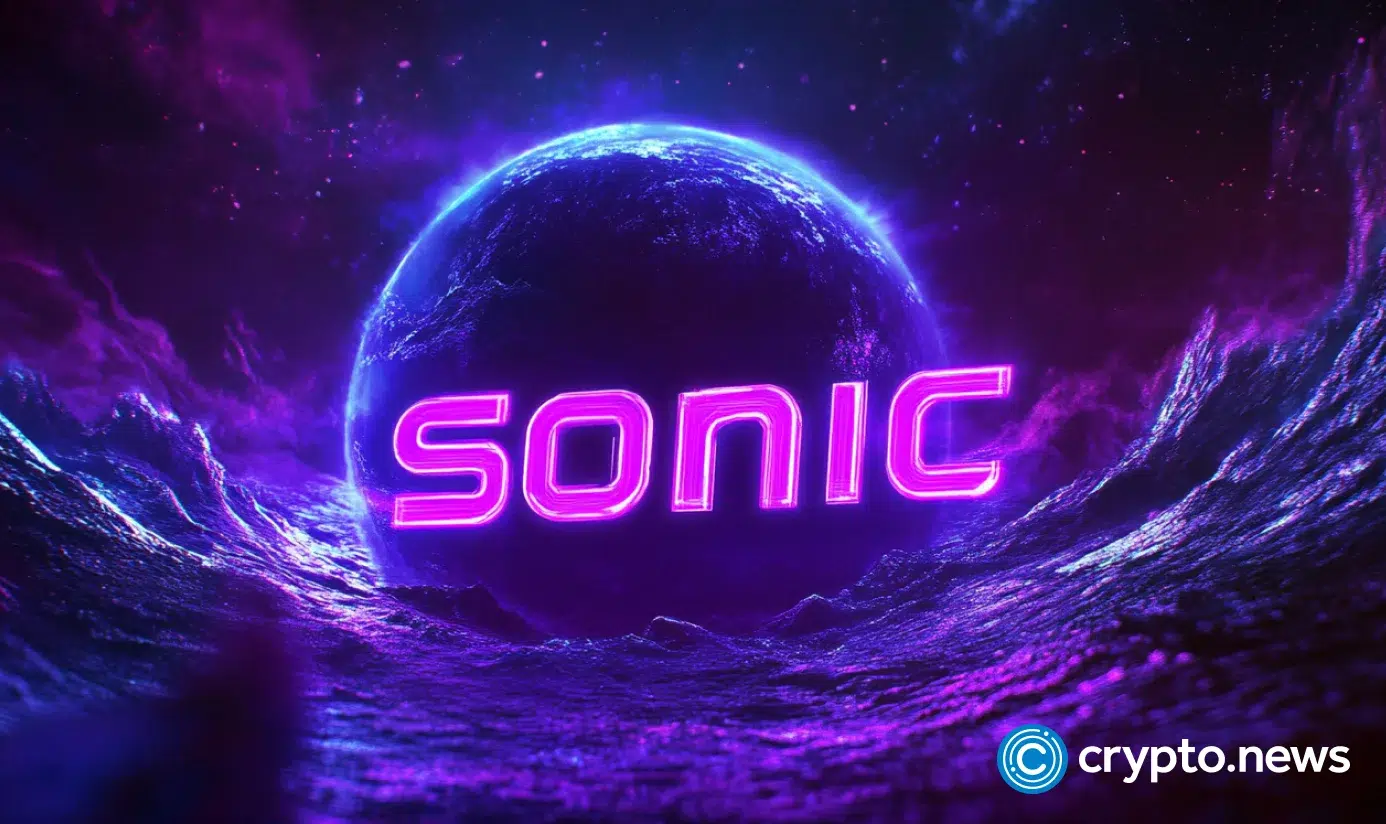 CaryptosHeadlines Media Has Launched Its Native Token CHT.
Airdrop Is Live For Everyone, Claim Instant 5000 CHT Tokens Worth Of $50 USDT.
Join the Airdrop at the official website,
CryptosHeadlinesToken.com
CaryptosHeadlines Media Has Launched Its Native Token CHT.
Airdrop Is Live For Everyone, Claim Instant 5000 CHT Tokens Worth Of $50 USDT.
Join the Airdrop at the official website,
CryptosHeadlinesToken.com
The digital landscape is evolving, and at its forefront is Web3, a revolutionary concept poised to redefine how we interact online. Built on the principles of decentralization and user empowerment, Web3 offers a transformative vision of the internet. By shifting control from centralized entities to individuals, it sets the stage for new digital ecosystems that prioritize transparency, ownership, and innovation.
What is Web3?
Web3 represents the next phase of the internet’s evolution. While Web1 introduced static websites and Web2 brought interactive, user-generated platforms dominated by centralized companies, Web3 aims to decentralize control. At its core, Web3 leverages technologies such as blockchain, smart contracts, and decentralized applications (dApps) to empower users.
Unlike its predecessors, Web3 emphasizes ownership and participatory ecosystems. Users don’t just consume content; they own their data, participate in governance, and benefit directly from the digital economy.
Key Features Driving Web3’s Growth in 2025
1. Decentralization
Web3 removes intermediaries in data management and transactions. Decentralized Autonomous Organizations (DAOs) are a prime example, enabling communities to make collective decisions without relying on traditional hierarchical structures.
2. User-Controlled Data
In Web3, individuals regain control over their personal data. Platforms like decentralized identity solutions allow users to decide how their information is shared, fostering greater privacy and security.
3. Digital Innovation
Web3 encourages continuous innovation through technologies like tokenization and non-fungible tokens (NFTs). These advancements have unlocked new possibilities in digital ownership, including art, collectibles, and intellectual property.


Industries Revolutionized by Web3
Web3’s impact is being felt across multiple sectors, paving the way for decentralized solutions:
- Finance: The rise of Decentralized Finance (DeFi) is enabling secure, peer-to-peer financial transactions without traditional banks.
- Healthcare: Blockchain-based systems are ensuring secure and efficient patient data sharing.
- Education: Decentralized platforms are facilitating transparent credential verification and access to learning resources.
- Gaming and Entertainment: The emergence of Play-to-Earn (P2E) models is empowering gamers to monetize their time and skills.
Challenges Facing Web3 in 2025
While promising, Web3’s path to widespread adoption isn’t without obstacles:
- Regulatory Hurdles: The lack of global consensus on blockchain and decentralized systems poses challenges for uniform adoption.
- Scalability Issues: As more users join Web3 platforms, ensuring seamless and fast transactions remains a technical challenge.
- Adoption Gap: Bridging the divide between centralized systems and decentralized alternatives requires education and innovation.
The Future of Web3
As Web3 continues to mature, its potential to create a fairer, more inclusive internet becomes increasingly evident. Mainstream adoption is likely to accelerate as businesses and individuals recognize its advantages. The integration of decentralized and centralized systems may result in hybrid models, balancing efficiency with user empowerment.
Web3’s transformative potential hinges on collaboration and innovation. As stakeholders embrace this new digital paradigm, the internet could truly evolve into a platform where ownership and inclusivity are paramount.
Follow us on Twitter and LinkedIn and join our Telegram channel to get instant updates on breaking news!












